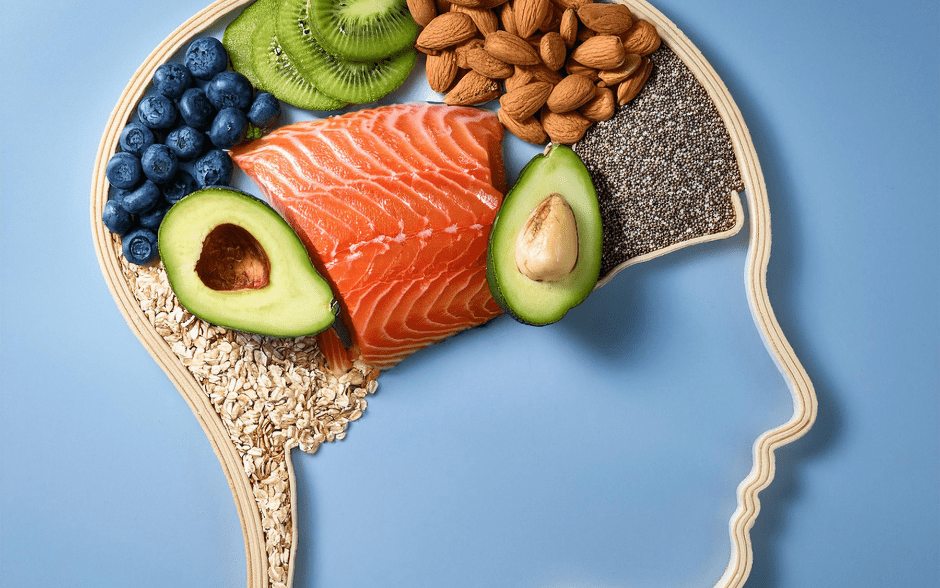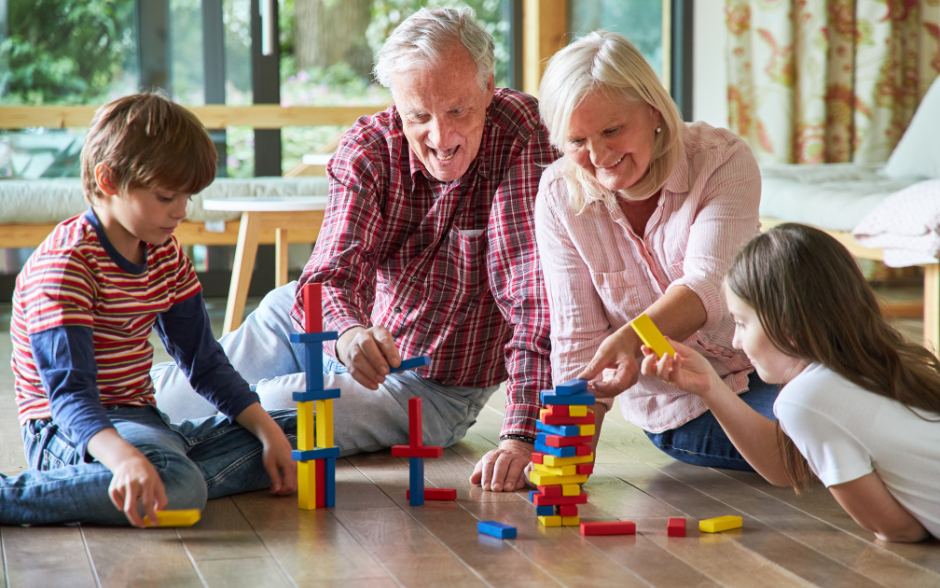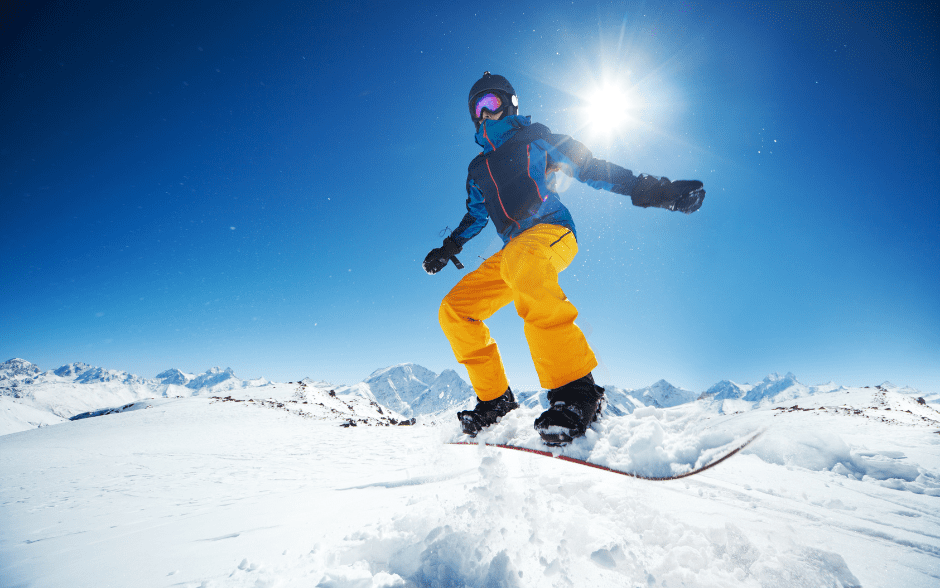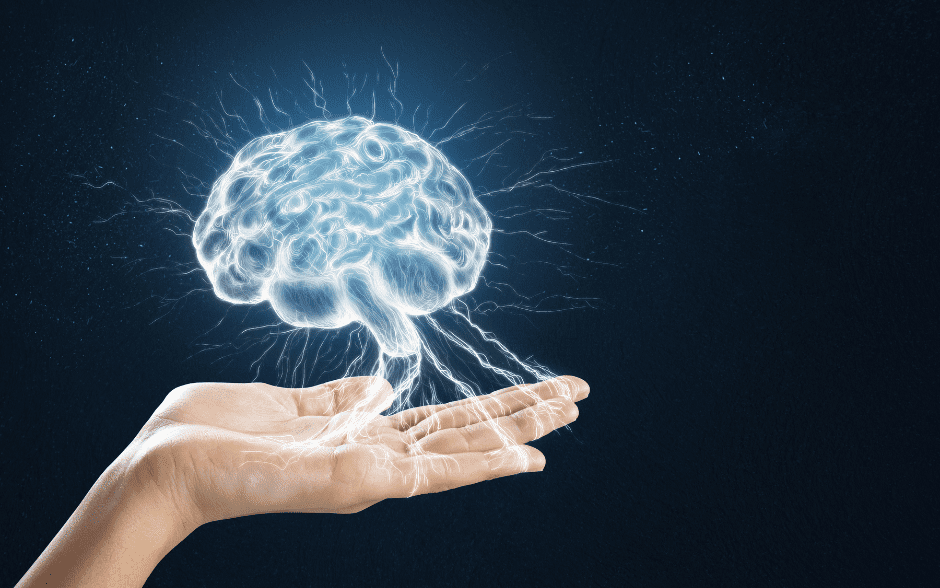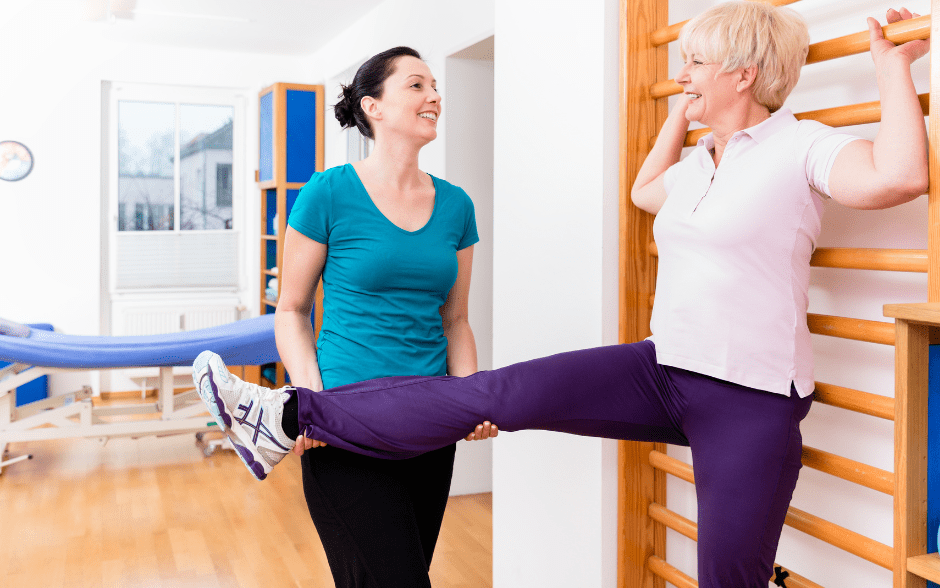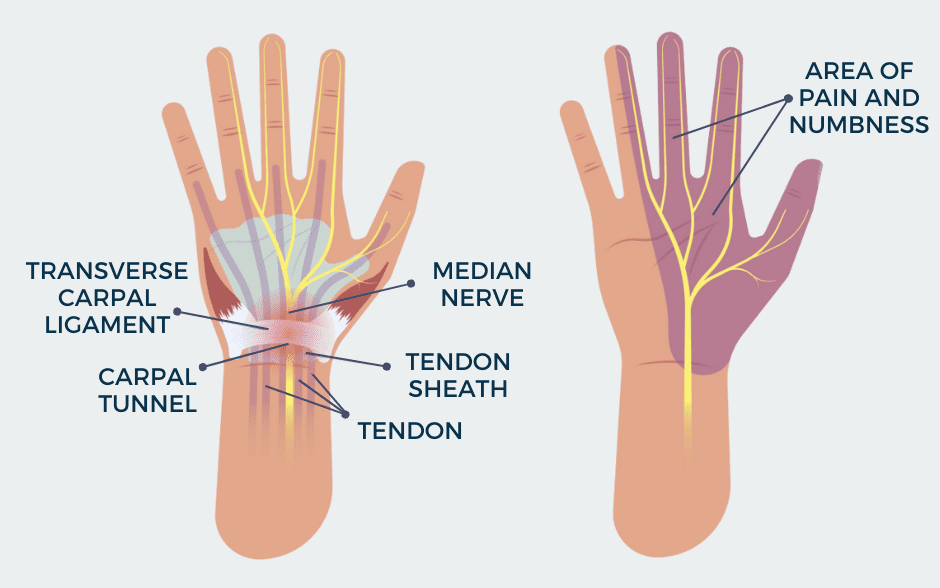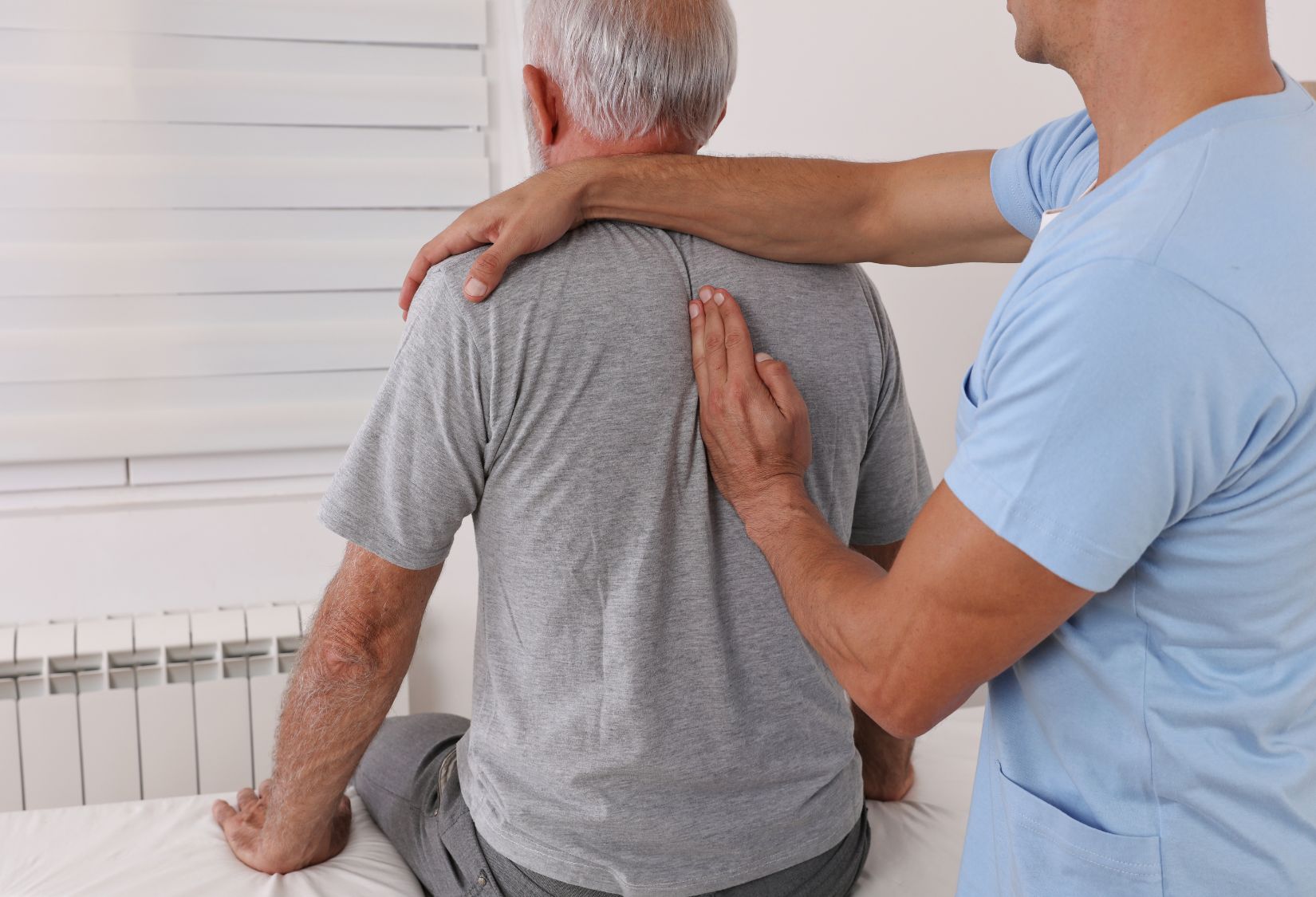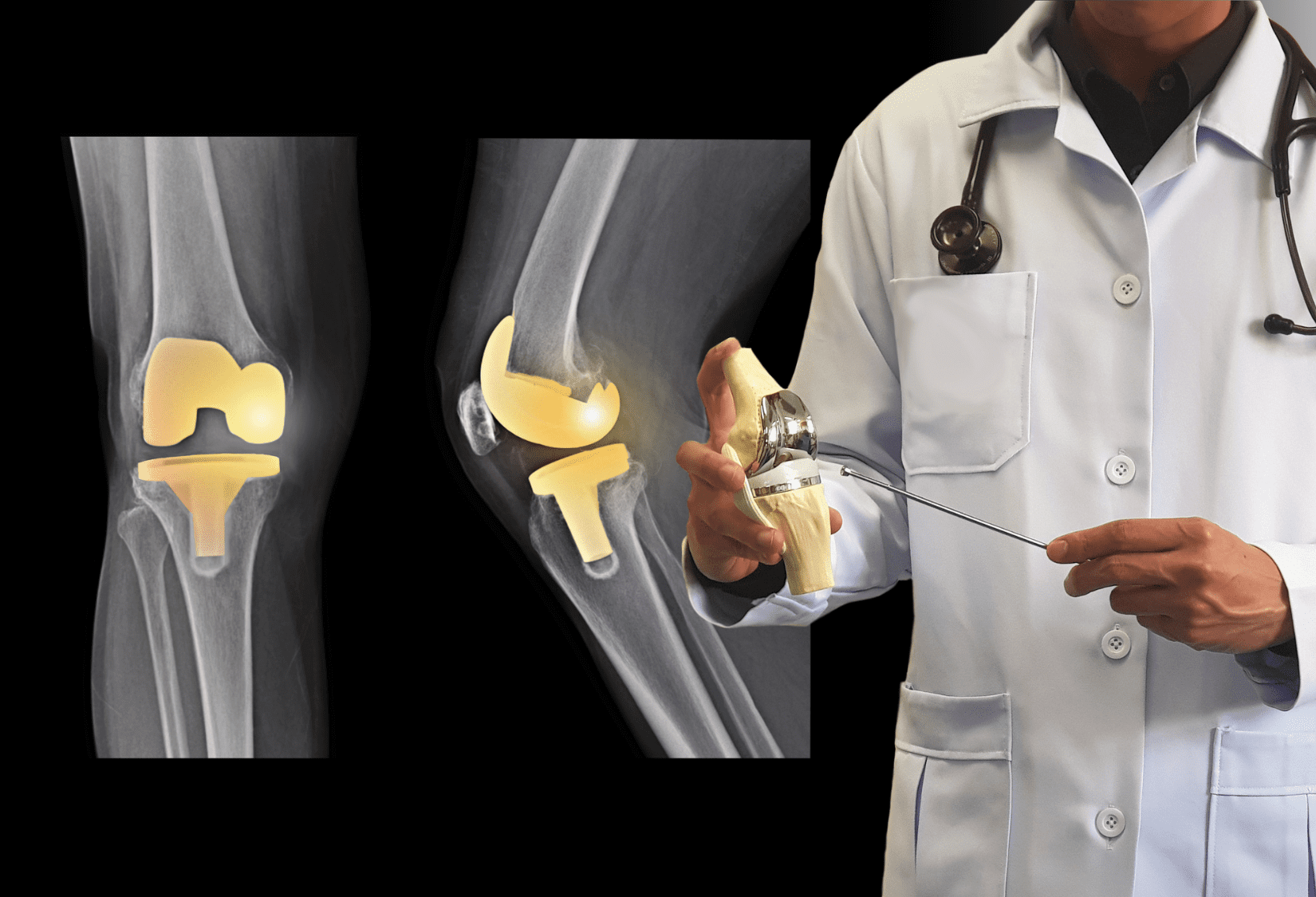The role of physical therapy is often underestimated and diminished but it plays a crucial role in post-coronavirus recovery treatment.
It has been a few months now since doctors and scientists from all over the world started to be concerned about an increasing number of patients reporting alarming signs of deterioration of health, lasting many weeks after having the COVID-19 disease.
Doctors are still collecting data on the long-term effects of the disease, but from the observations made so far, we can already mention the persisting symptoms of COVID-19 illness, such as:
- decreased respiratory function – breathing disorders, shortness of breath, and reduced exercise tolerance prove that the coronavirus mainly affects the respiratory system. Patients also complain about breathing issues during normal, daily activities.
- the recurring feeling of fatigue, cardiac arrhythmias, and difficulties in undertaking physical activity is often associated with symptoms of balance and motor coordination disorders. Patients complain of pain in muscles and joints, as well as headaches.
- patients who have been hospitalized, report problems with ambulation, balance, exhaustion, difficulty performing even small house tasks
Moreover, alarming symptoms were noticed both by people who suffered from a very severe infection and required hospitalization, and those who had mild symptoms that did not require staying at the hospital and using ventilation support. Surprisingly, among those recovering from complications, age does not play a significant role. It equally affects the elderly, middle-aged, and young people who often had little or no symptoms.
Since the problem with post-disease complications affects patients globally, the World Health Organization emphasizes the role of physical therapy as an important part of post-COVID treatment, playing a significant role in accelerating the recovery process and helping to overcome the effects of the disease.
Post-COVID-19 physical therapy
There are 3 levels of the rehabilitation process during hospitalization and post-hospitalization recovery:
- in the hospital: basic breathing and strengthening activities
- in-home after hospitalization: home therapy consists of occupational and physical therapy to make recovering patients become independent with home duties
- outpatient physical therapy: based on symptoms and impairments, we are concentrating on physical breathing restrictions, general muscle weakness, balance problems, pain in various body parts, or central and peripheral nervous systems.
Each treatment is preceded by a detailed evaluation to determine the origin of the problem and prepare a treatment plan tailored to each patient’s unique needs. Our goal is to give our patients the best possible opportunity to recover in the shortest possible time.
At PDR we use a variety of therapy techniques and different types of exercise to manage all reported issues, and restore normal function:
- manual therapy – the Strain Counterstrain technique, which helps to restore the function of the respiratory, circulatory, GI, or peripheral nervous system, thus decreasing pain and diminishing other symptoms.
- a therapeutic exercise plan – based primarily on breathing and strengthening exercises, which aim to improve endurance, and regenerate the body. The specialist helps to fight not only the weakening of the respiratory system but also problems with coordination, and balance.
- modalities – cold laser, electrical stimulation, ultrasound, or Kinesio taping which decrease symptoms and help to improve mobility.
For some of us, recovering from coronavirus infection is not easy. It takes time, it makes us anxious if we ever feel better. In the case of COVID infection, timing plays a very important role. It is crucial to get the doctor’s help on time, be admitted to the hospital when our symptoms indicate that inpatient treatment is necessary, and start physical therapy as soon as we can. There is no time to contemplate if it is necessary or truly important, as there is a reason why WHO recommends starting rehabilitation as soon as our symptoms are gone and we feel strong enough to start one.


